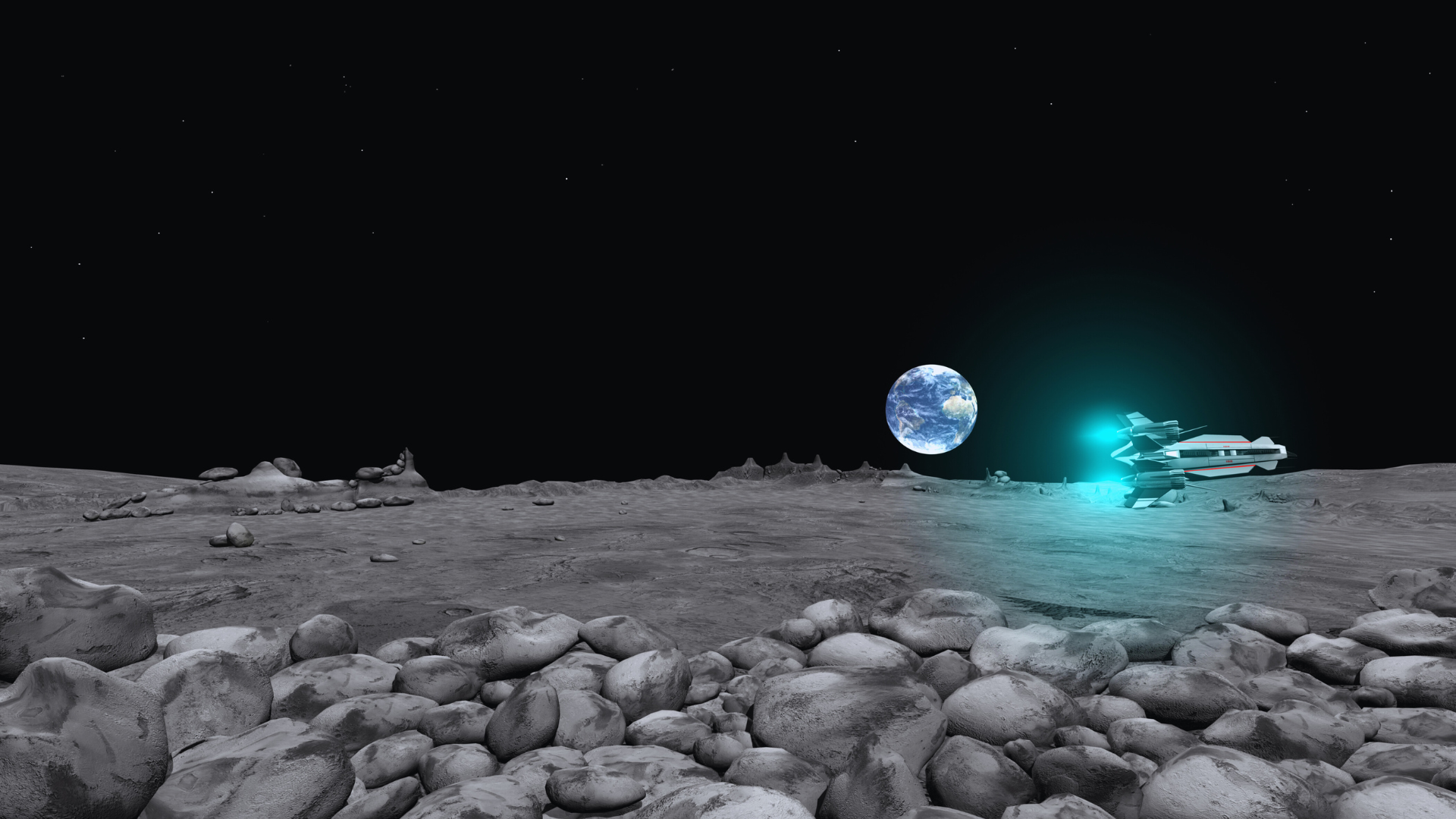
Space exploration continues to push the boundaries of human knowledge, revealing the wonders of the cosmos. Recent discoveries, facilitated by advancements from organisations such as NASA, ESA, and the Canadian Space Agency (CSA), highlight significant findings from missions and instruments like the James Webb Space Telescope and the International Space Station. These explorations have not only expanded scientific understanding but also ignited public interest in what lies beyond Earth.
Astronomers and scientists have made remarkable strides in studying distant planets, galaxies, and cosmic phenomena. The James Webb Space Telescope, for instance, offers unprecedented clarity in observing the universe’s earliest formations, while the International Space Station provides a unique laboratory for scientific research in microgravity conditions. Each discovery contributes to an evolving narrative about the origins and structure of the universe.
As these missions unfold, they inspire future generations to engage with space science and its possibilities. With new discoveries, humanity’s quest to understand its place in the universe continues, unveiling secrets that may one day answer the fundamental questions about life beyond our planet.
Milestones in Space Exploration
Significant milestones in space exploration reveal the vastness and complexity of the universe. These discoveries have shaped humanity’s understanding of cosmic history and the solar system, while also shedding light on distant galaxies and supermassive black holes.
The Big Bang and Cosmic History
The Big Bang Theory marks the beginning of the universe around 13.8 billion years ago. This event led to the formation of matter and the expansion of space, setting the stage for the cosmos as it is known today.
Cosmic background radiation provides a snapshot of the infant universe. Detected by the Wilkinson Microwave Anisotropy Probe (WMAP), this radiation confirms predictions made by the Big Bang theory. Over time, the formation of stars and galaxies followed, transforming the early chaotic cosmos into the structured universe.
Exploration of the Solar System
The exploration of the solar system has been marked by robotic missions that have significantly advanced knowledge of planetary bodies. Both Jupiter and Saturn have been studied extensively through missions like Voyager, Galileo, and Cassini.
These missions revealed intricate details about their atmospheres, moons, and ring systems. For instance, findings about Jupiter’s Great Red Spot and Saturn’s hexagonal storm have broadened the understanding of atmospheric dynamics. The exploration of Mars, with rovers like Curiosity, has provided insights into past water activity and potential habitability.
Distant Galaxies and Supermassive Black Holes
Research into distant galaxies has illuminated the existence of supermassive black holes at their centres. For example, the black hole in Galaxy M87 was famously imaged by the Event Horizon Telescope in 2019, offering tangible proof of these massive entities.
Many galaxies display signs of merger activity, resulting in the formation of larger black holes. Observational studies suggest that these supermassive black holes grow over time, influencing galaxy formation and evolution. Understanding the relationship between galaxies and their black holes is crucial for comprehending the universe’s large-scale structure.
Advancements in Astrophysics
Significant progress in astrophysics has shaped the understanding of fundamental concepts such as star formation, dark matter, and the role of neutron stars and supernovae in the universe. These developments have provided deeper insights into cosmic phenomena and the very fabric of the cosmos.
Star Formation and Stellar Evolution
Star formation occurs in dense regions of molecular clouds, where gravitational forces cause the collapse of gas and dust. As material accumulates, it forms protostars that heat up and eventually ignite nuclear fusion.
The process leads to the creation of various types of stars, each with a distinct evolutionary path. Massive stars may evolve into red supergiants before exploding as supernovae, while smaller stars become red dwarfs and eventually cool down into white dwarfs.
This cycle contributes to the chemical enrichment of galaxies, as elements produced during stellar life cycles are released into space, forming new stars and planets, including those within the Crab Nebula.
Dark Matter and Dark Energy
Dark matter and dark energy are pivotal in contemporary astrophysical research. Dark matter, which does not emit light, is believed to make up about 27% of the universe’s mass. Its presence is inferred through gravitational effects on visible matter, particularly in galaxies.
In contrast, dark energy accounts for approximately 68% of the universe, driving its accelerated expansion. Observations of distant supernovae provided crucial evidence for this acceleration, leading to the realisation that the universe’s fate is tied to these enigmatic forces. Understanding their properties could unlock secrets about the universe’s ultimate fate.
Role of Neutron Stars and Supernovae
Neutron stars, remnants of massive stars post-supernova explosion, exhibit extraordinary characteristics. Composed primarily of neutrons, these stars possess immense density and strong magnetic fields, often resulting in the emission of cosmic rays.
Tightly bound and rotating rapidly, neutron stars can emit beams of radiation, which are detected as pulsars. The study of these astrophysical objects enhances the understanding of matter under extreme conditions. This knowledge is pivotal for models of stellar evolution and the aftermath of supernovae, which contribute to the cycling of materials in galaxies and the formation of new celestial bodies.
Exoplanetary Discoveries
Recent advancements have significantly expanded knowledge concerning exoplanets, particularly their atmospheric compositions and potential habitability. Understanding these characteristics is crucial in the search for extraterrestrial life and the conditions that support it.
Atmospheric Composition of Exoplanets
The atmosphere of exoplanets provides vital clues about their composition and potential habitability. Techniques such as spectroscopy allow astronomers to identify key gases in these atmospheres.
Common elements detected include:
- Carbon Dioxide (CO₂)
- Water Vapour (H₂O)
- Methane (CH₄)
- Nitrogen (N₂)
The presence of organic molecules may indicate biological processes. Large telescopes and space missions, like the James Webb Space Telescope, are enhancing capabilities to identify these components, providing insights into the chemical environments surrounding distant worlds.
Habitable Zone Exoplanets and Astrobiology
The concept of the habitable zone is pivotal in astrobiology. This region, often referred to as the “Goldilocks Zone,” is where conditions are right for liquid water to exist.
Key factors in determining habitability include:
- Distance from the star
- Stellar type
- Orbital characteristics
Several exoplanets have been identified within this zone, such as Proxima Centauri b and TRAPPIST-1e. These planets exhibit conditions that may sustain life, encouraging further exploration and study of their atmospheres and surface conditions.
The research into exoplanets continues to grow, providing essential insights into the universe’s potential for life beyond Earth.
Technological Innovations in Space Telescopes
Recent advancements in space telescopes have significantly enhanced humanity’s understanding of the universe. Innovations such as the James Webb Space Telescope (JWST) and the development of specialised instruments, like the near-infrared spectrograph, are at the forefront of these discoveries.
The Contributions of the JWST
The James Webb Space Telescope (JWST) represents a leap forward in observational astronomy. Launched in December 2021, it is designed to observe the cosmos in the infrared spectrum, allowing it to penetrate dust clouds and reveal hidden celestial bodies.
This capability facilitates the study of distant galaxies, stars, and planetary systems. By capturing the faint light from ancient stars, it provides insights into the formation of the universe. The JWST’s advanced mirror technology and sensitive detectors offer unprecedented resolution, enabling astronomers to explore structures and phenomena previously unobservable.
Near-Infrared Spectrograph Studies
A pivotal instrument aboard the JWST is the near-infrared spectrograph (NIRSpec). It allows scientists to perform spectroscopic studies to identify the composition of celestial objects. This instrument analyses light from stars and galaxies, revealing their chemical make-up.
The NIRSpec can simultaneously observe multiple targets, streamlining data collection. Through this capability, astronomers can investigate the presence of components such as gas and dust in different galaxies. This understanding aids in the search for the building blocks of life and the evolution of cosmic structures.
Future Prospects in Space Observation
Looking ahead, further technological advancements in space telescopes promise even greater discoveries. Upcoming plans include the next-generation space telescopes that will enhance imaging and spectroscopic capabilities beyond those of the JWST.
Innovative designs aim to address the challenges posed by cosmic dust and light interference, providing clearer images. Enhanced instruments could lead to breakthroughs in understanding the universe’s evolution and the nature of dark matter. Such developments reinforce the crucial role of technology in expanding our knowledge and capabilities in space observation.
